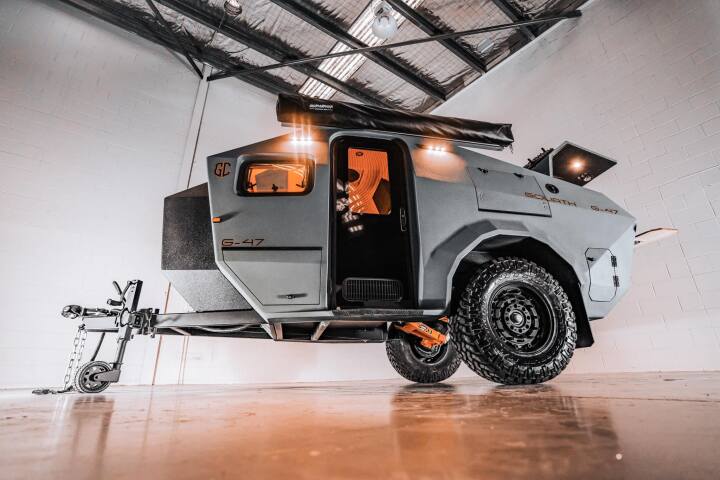The human implications for living in a world with UAVs are very much dependent on one's latitude and longitude at any given time. Though the term is likely to conjure images of covert military operations, it's not a connotation that the term, or the technology, necessarily implies. Fundamentally, a UAV is merely an unpiloted flying machine, and that's a potentially useful thing to have for all sorts of civilian applications. It's already happening. Exhibit A: research at the University of Granada into using small UAVs, equipped with cameras, that scan buildings in order to construct 3D models.
There may be a small typo in the University of Granada press release, which claims this is the first 3D modeling system employing UAVs. In early April we looked at Autodesk's efforts to do the very same. Germán Arroyo of Granada's Department of Programming Languages and Computer Systems indicated to Gizmag that successful tests were only carried out "recently," so there's at least the question, albeit an unimportant one, of who got there first.
We know relatively little about the specific technology, designed with historic buildings and monuments in mind, employed at Granada. Certainly, the UAV looks very similar to the Octo-Copter used by Autodesk, though it flies with only four propellors rather than eight (so, a quadro-copter, then). The researchers are actually testing two prototypes, one, a "standard drone" developed by Intelligenia Dynamics, and a second significantly modified version adapted for better control.
Like Autodesk's, Granada's UAV is mounted with an SLR camera, and though the team is testing a variety of models, Arroyo told Gizmag that the priorities are fast and cheap.
As might be expected, it's in the digital realm where the techniques of Autodesk and Granada diverge. Where Autodesk has used its own 123D software suite, and specifically Catch, to stitch 2D photos into 3D models, the team at Granada has looked to open source alternatives, specifically the University of Washington's VisualSFM software. The software has been adapted by the team for this application, with assistance from Virtum Graphics in speeding the model generation algorithms.
Arroyo told Gizmag that the ultimate aim is for the UAVs to perform their work completely autonomously. Who knows? Perhaps one day the work will lead to an open source system, from software to UAV blueprints, capable of scanning buildings into 3D models. One can almost hear the buzz of Google's swarming drones as it sets off to scan the world for its next-generation Street View. Ah, those magnificent AIs in their flying machines...
Source: University of Granada





